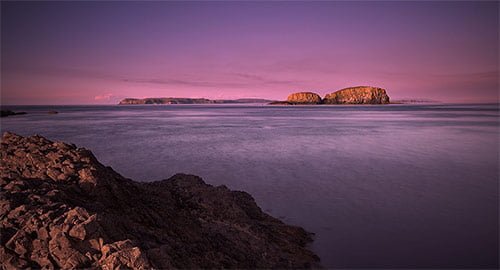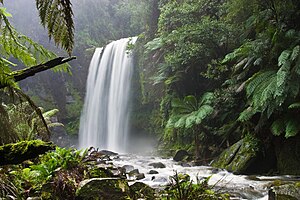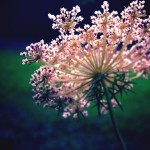
Hardwood Cuttings are by far the best way to start most deciduous plants; althea (rose of sharon), chaenomeles (quince), crepe myrtle, currant, fig, forsythia, gooseberry, grape, honeysuckle, ligustrum (privet), mulberry, multiflora rose, philadelphus (mock orange), pomegranate, spiraea and wisteria.
The first step of the process is to find a healthy host / stock plant that you can multiply and multiply and multiply and eventually take over the world….muhahahaha! Ahem, anyways, it is very important to find a healthy host plant free from disease, insects, or any other ailing problems. We are going to need a healthy gene pool here.
Choose your cuttings after the leaves have fallen and all of the energy has been stored in the plant. Say away from old wood and frail new wood. You want something in the middle, good and sturdy. Harvest 6-12 good stalks taking note of the top and the bottom. Easy way to keep track is to cut the tops at an angle and the bottoms flat. Make sure to use sharp clean pruners and not to crush the cuts. When you have your harvest material tie them together (jute twine will work) making sure the bottoms are all even with each other.
Now there are two options here…depends on your climate.
Our winters are cool like dat (not much snow if any, but a definite season change)
The most important part of this method of propagation is to create calluses development. To do this, dig a hole 12-to-18 inches deep in sandy or well-drained soil in a sunny location and place the bundles of hardwood cuttings into this pit. Place them top end down, so that the bases of the cuttings are about four inches below the soil surface. This promotes root initiation at the cuttings base and inhibits bud formation at the top. Fill in the pit, leaving a shallow basin over the ends of the cutting to channel water and keep the cuttings moist (important).
Our winters are so cold my pug needs to wear booties (too much snow and too cold to care about anything or anyone)
In area’s with severely cold winters, wrap the cuttings in moist burlap and store them in a cellar or cold frame at 32-to-40F. After winter storage, when you see that there is callus formation, lift the bundles and wash and untie them. (Protect cuttings with moist burlap so that the callus tissue does not dry). Then, set the callused cuttings (top end up) directly in a propagation bed or container so that half or two to three buds of each cutting are above the soil surface. Firm the soil around the cuttings and water to eliminate air pockets and assure good contact between the cuttings and the soil.
In warm winter climates, callus may develop in four to eight weeks. In fact, some species won’t need to be stored to develop callus. Cut leafless stems of rose, abelia, bridal wreath, privet and other plants into 8-to-10-inch lengths and set them directly in the propagation bed or container.
So there ya go, just a taste of what you can try out. Tell us your propagation stories (legal ones) and how they worked out for you. Did you find this article useful? Please comment.








































